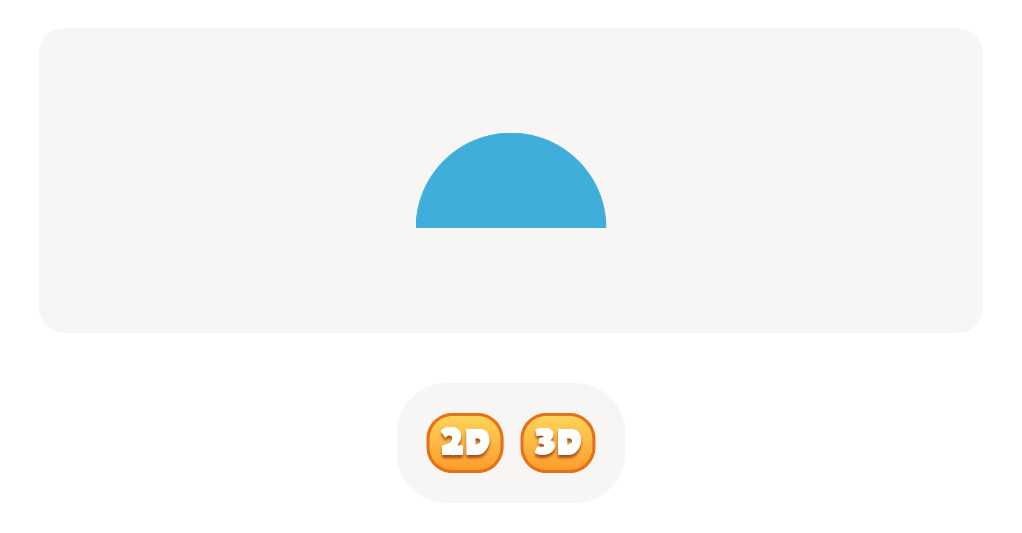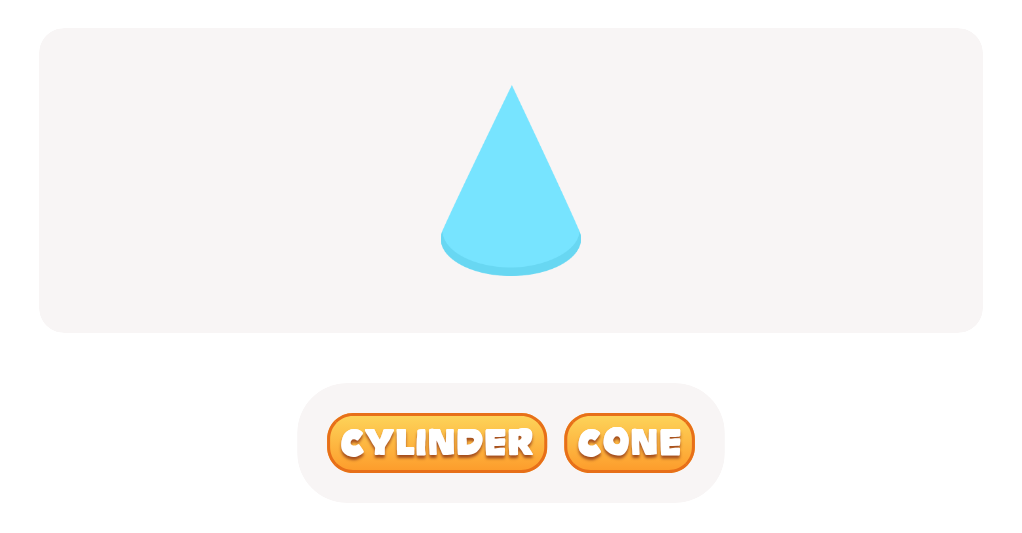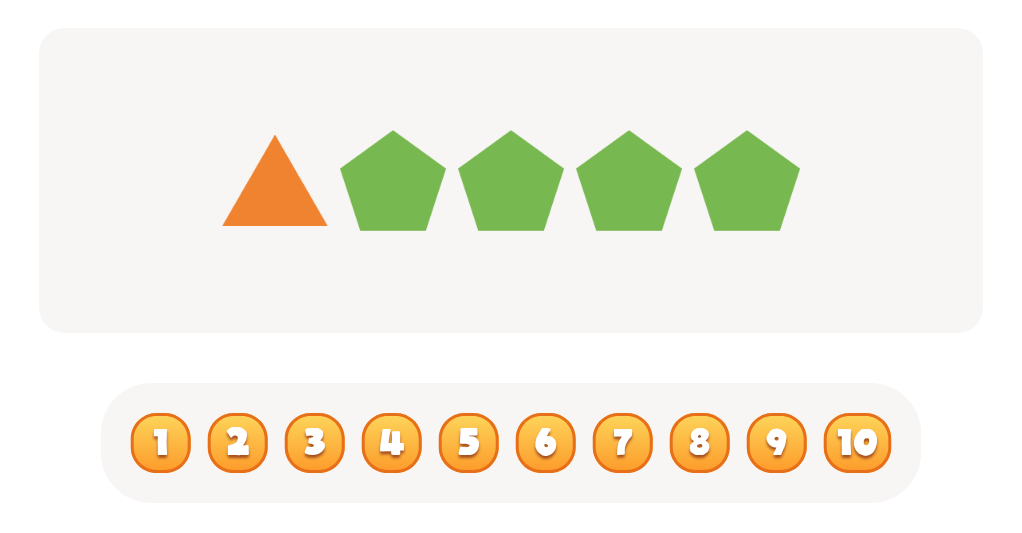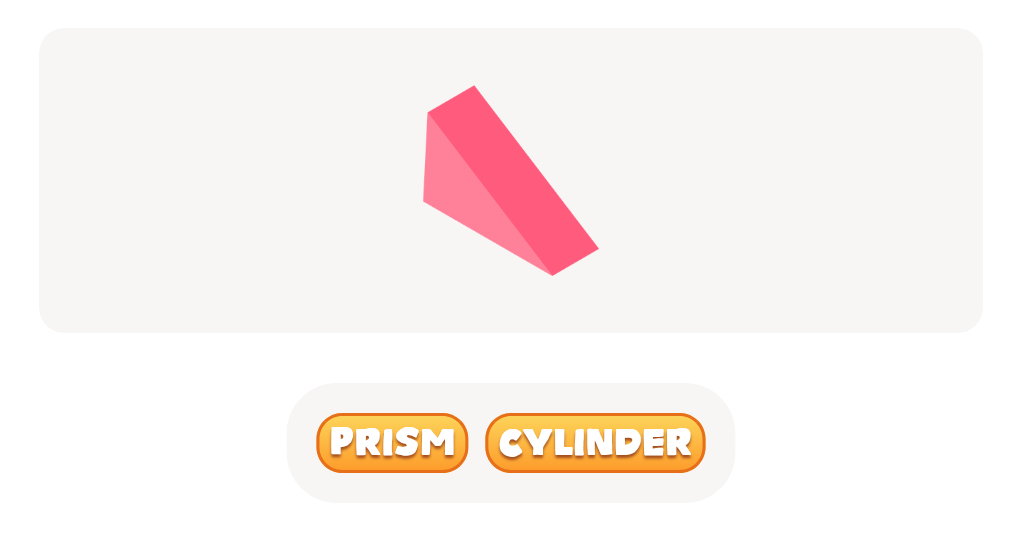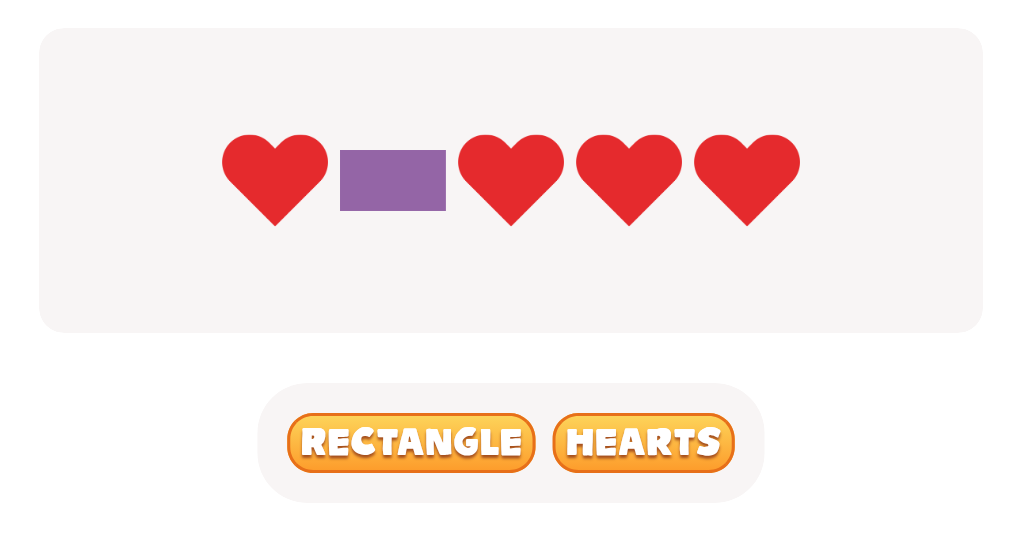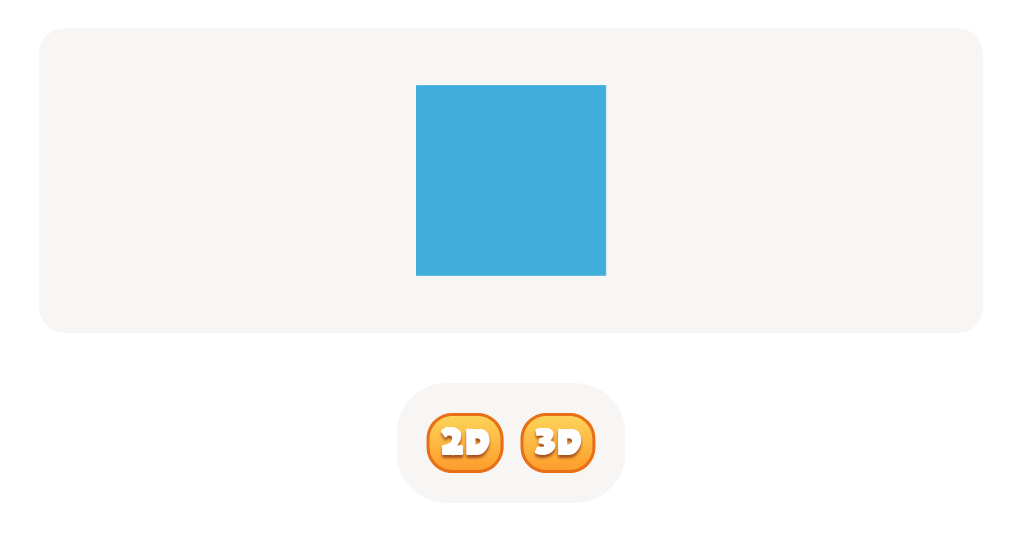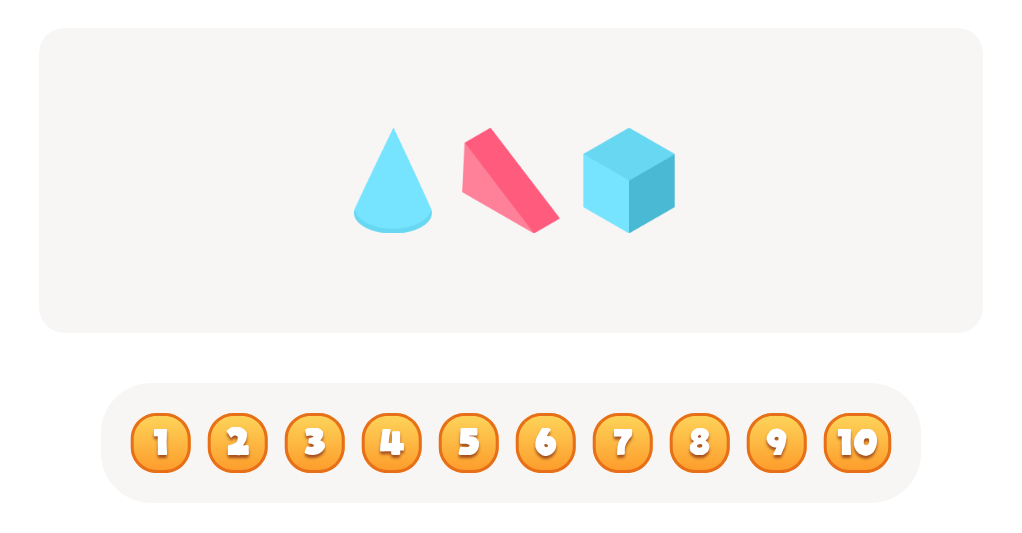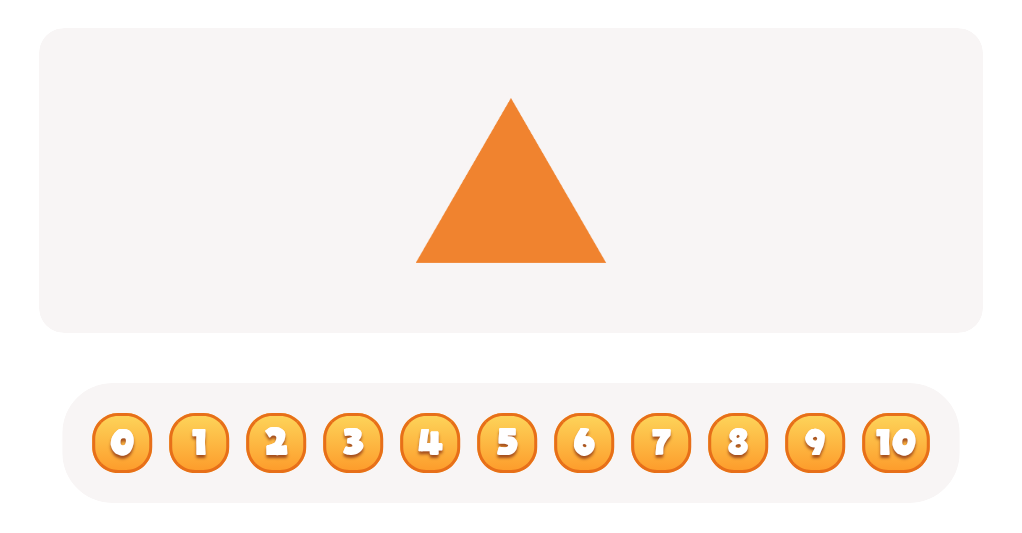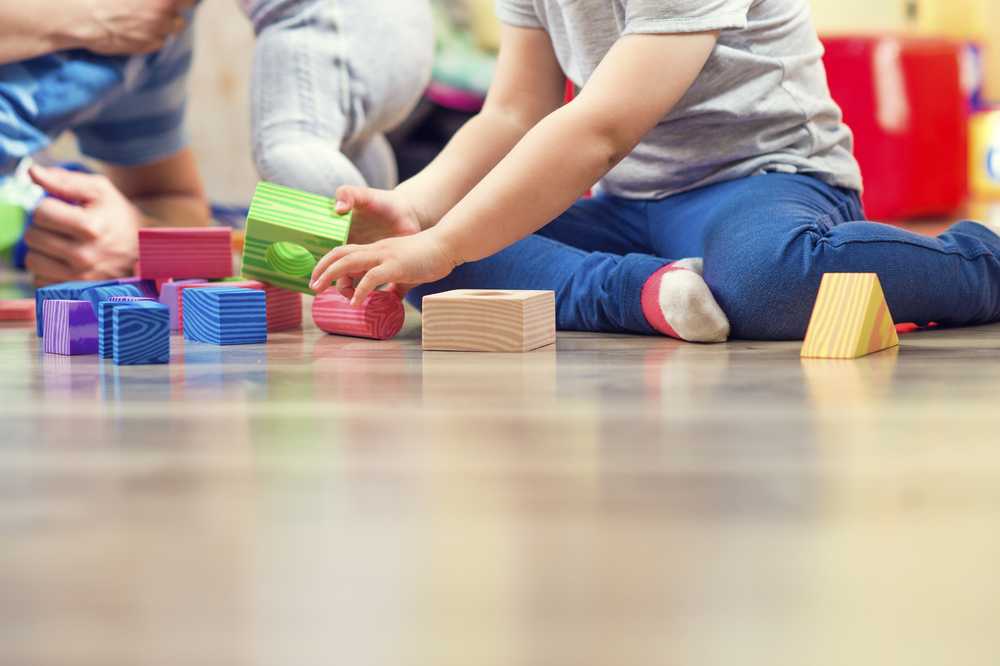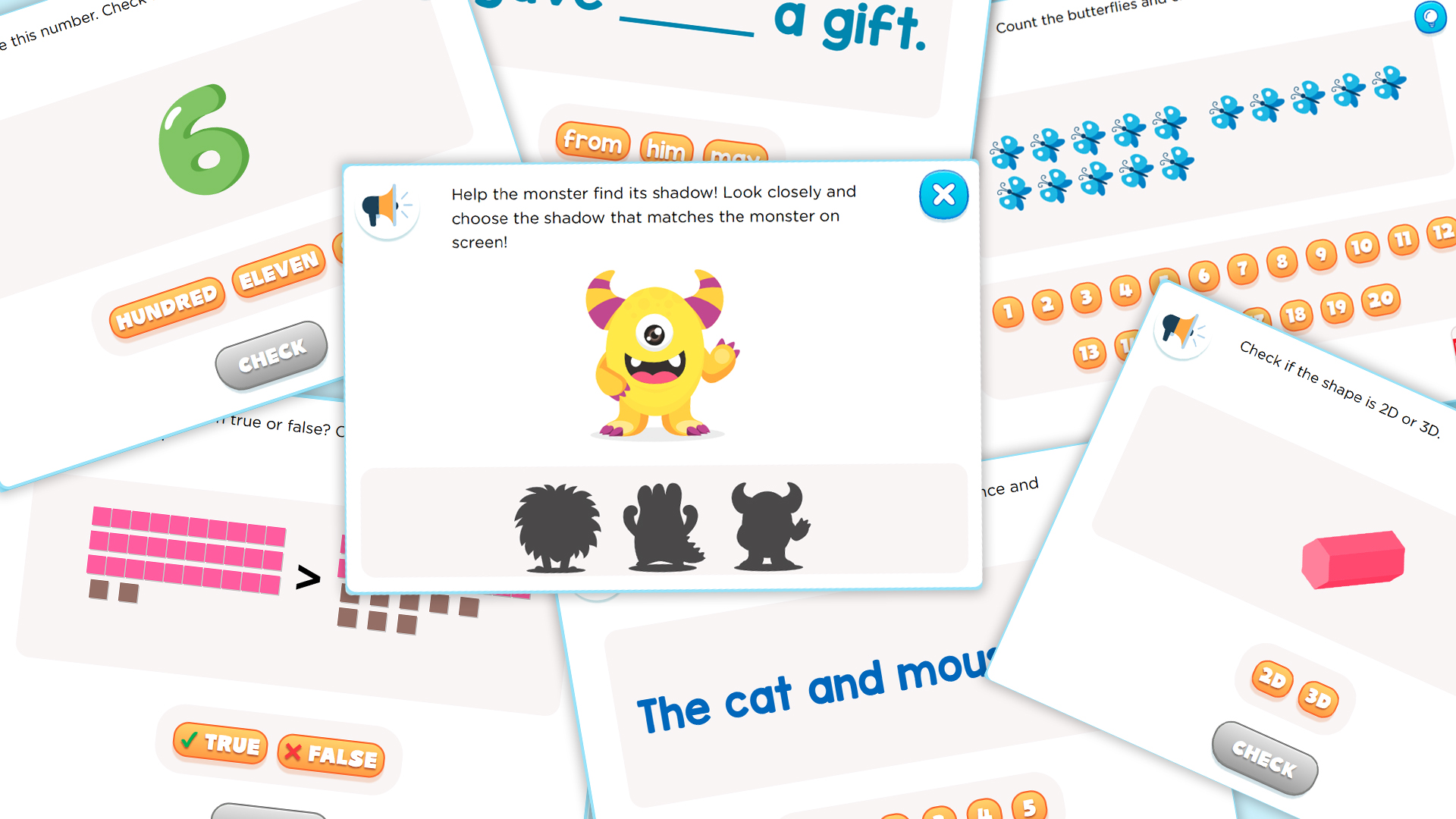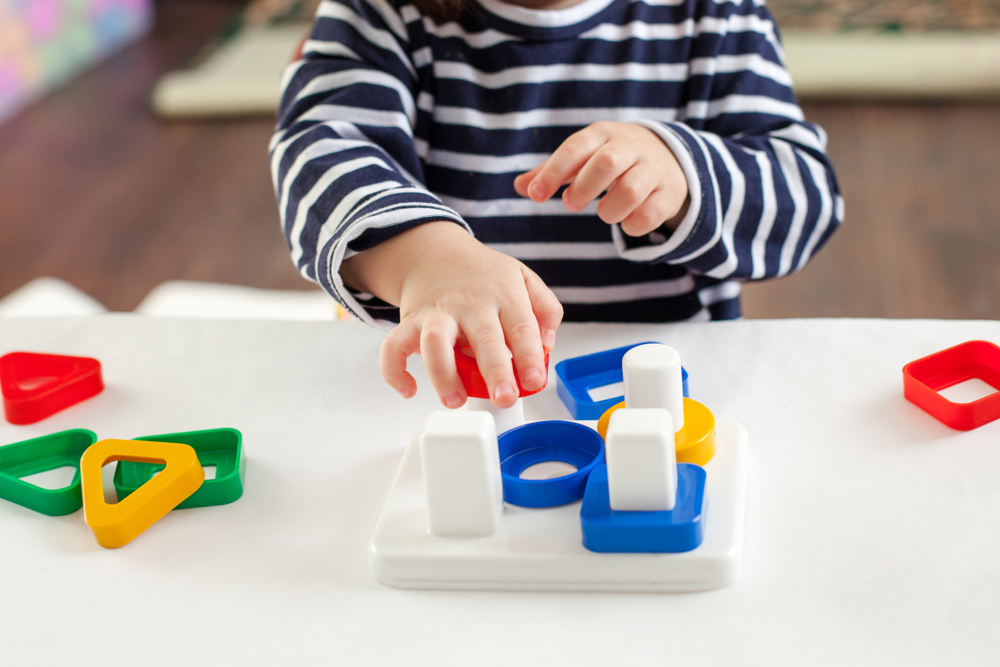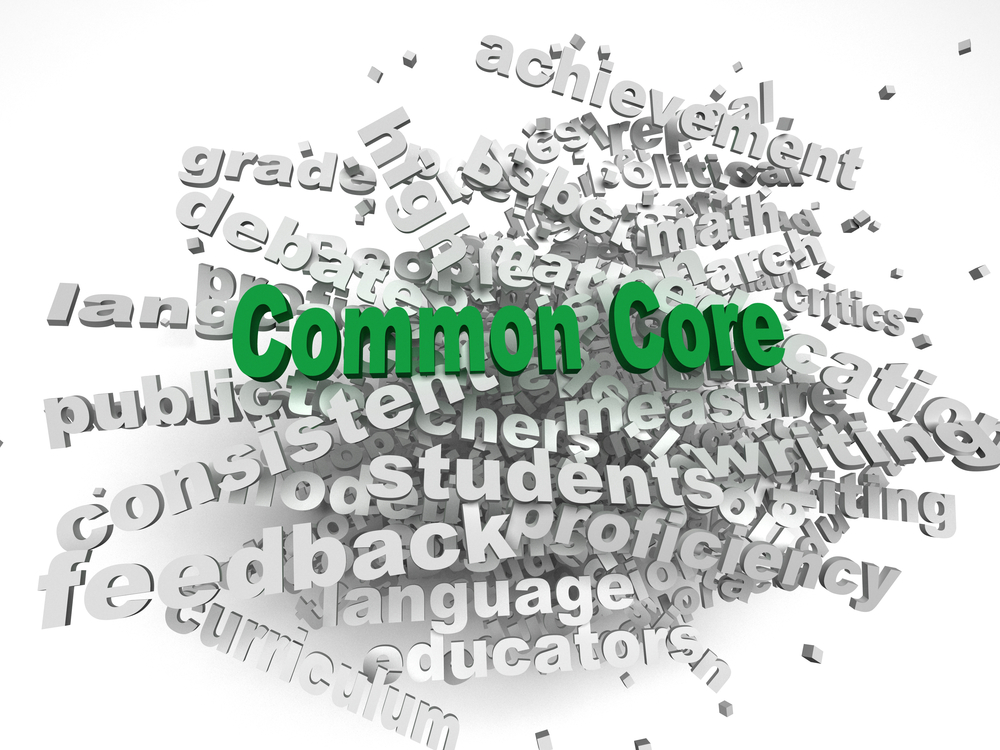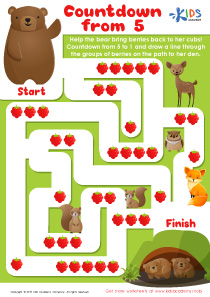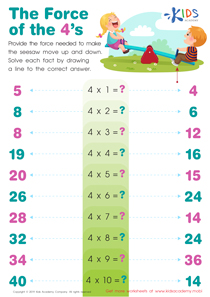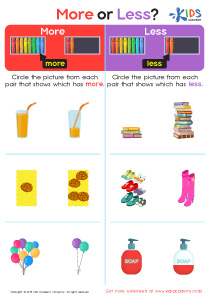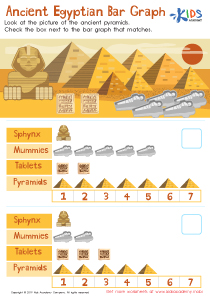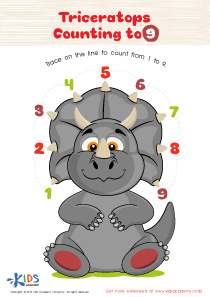Shape Recognition Easy Geometry Worksheets for Ages 3-5
3 filtered results
-
From - To
Introduce your child to the exciting world of geometry with our easy shape recognition worksheets for ages 3-5. Designed to make learning fun, these colorful and engaging activities help young learners identify and understand various shapes. Perfect for preschoolers and kindergarteners, our worksheets focus on developing essential geometry skills through hands-on practice. Shapes like circles, squares, triangles, and rectangles become familiar friends as children draw, color, and match them. Boost your child's confidence and school readiness with our shape recognition worksheets, geared towards creating a solid foundation for future math success. Explore and download today!
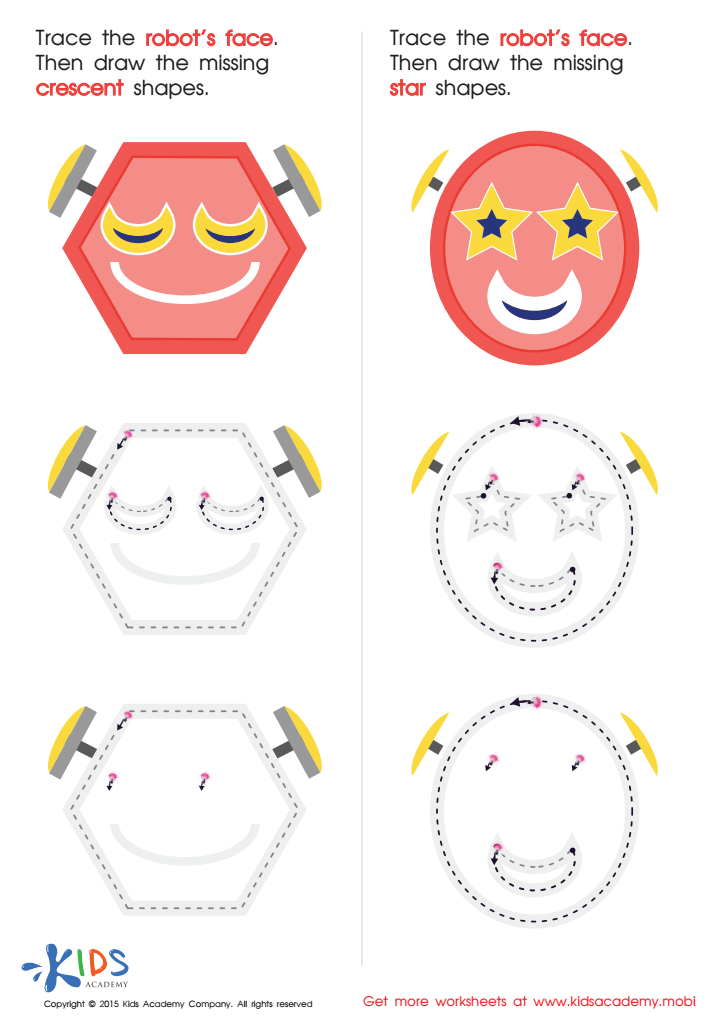

Composing a Robot's Face of Crescents And Stars Worksheet
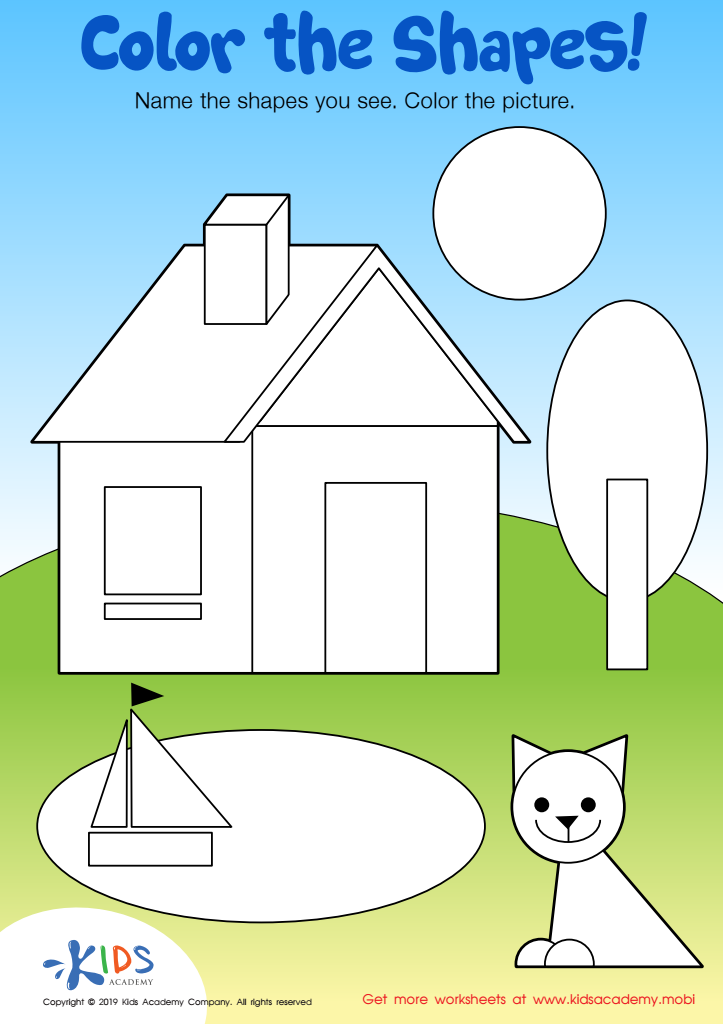

Color the Shapes Worksheet
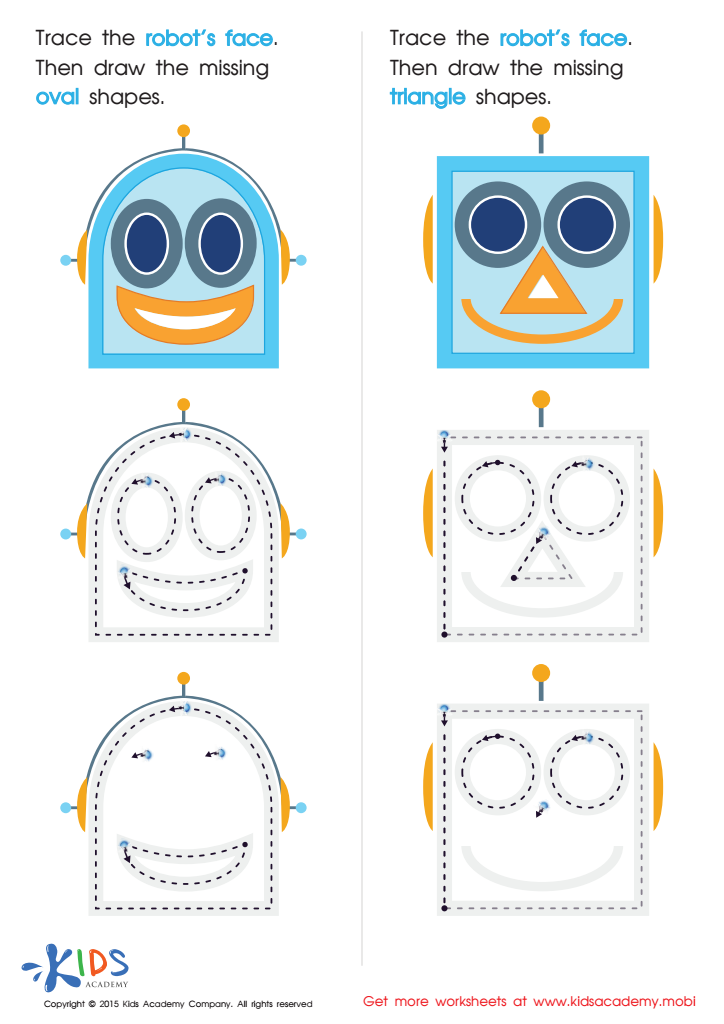

Drawing Ovals And Triangles with Fun Printable
Shape recognition and basic geometry are vital aspects of early childhood education that significantly contribute to a child's cognitive, motor, and social development. Parents and teachers should prioritize introducing these concepts to children aged 3-5 for several compelling reasons.
First, recognizing shapes helps young children develop visual-spatial skills that are foundational for later academic pursuits in mathematics, reading, and science. Identifying and distinguishing between different shapes enhance children's ability to categorize and organize information, which is a critical cognitive skill.
Second, shape recognition promotes the development of fine motor skills. Activities involving cutting out shapes, drawing different shapes, or fitting shapes into specific spaces improve hand-eye coordination and precision.
Finally, early exposure to geometry fosters problem-solving and critical-thinking abilities. When children engage with puzzles, building blocks, and shape sorting games, they learn to observe patterns, make decisions, and develop strategies to complete tasks. These experiences lay the groundwork for more complex mathematical reasoning in future years.
In addition, discussing shapes in everyday settings enhances language and social skills. Children learn descriptive words and concepts like 'round,' 'square,' 'sides,' and 'corners,' expanding their vocabulary and improving communication skills. This shared activity also provides opportunities for positive interactions between children and adults, strengthening relationships and boosting social-emotional development.

 Assign to My Students
Assign to My Students
